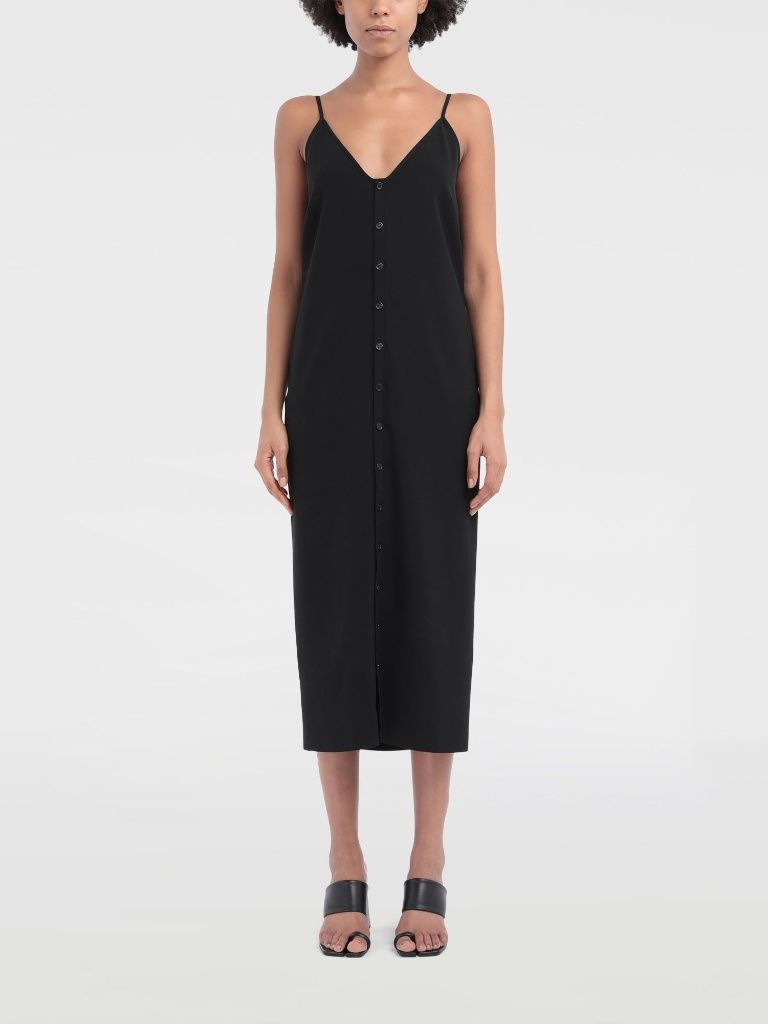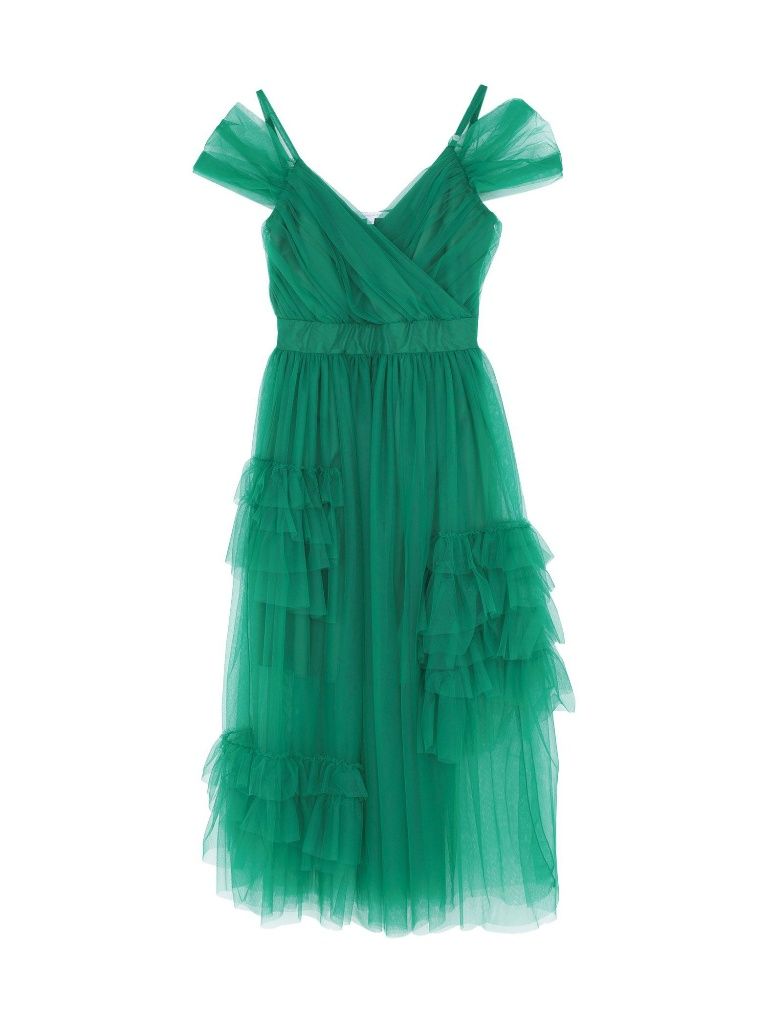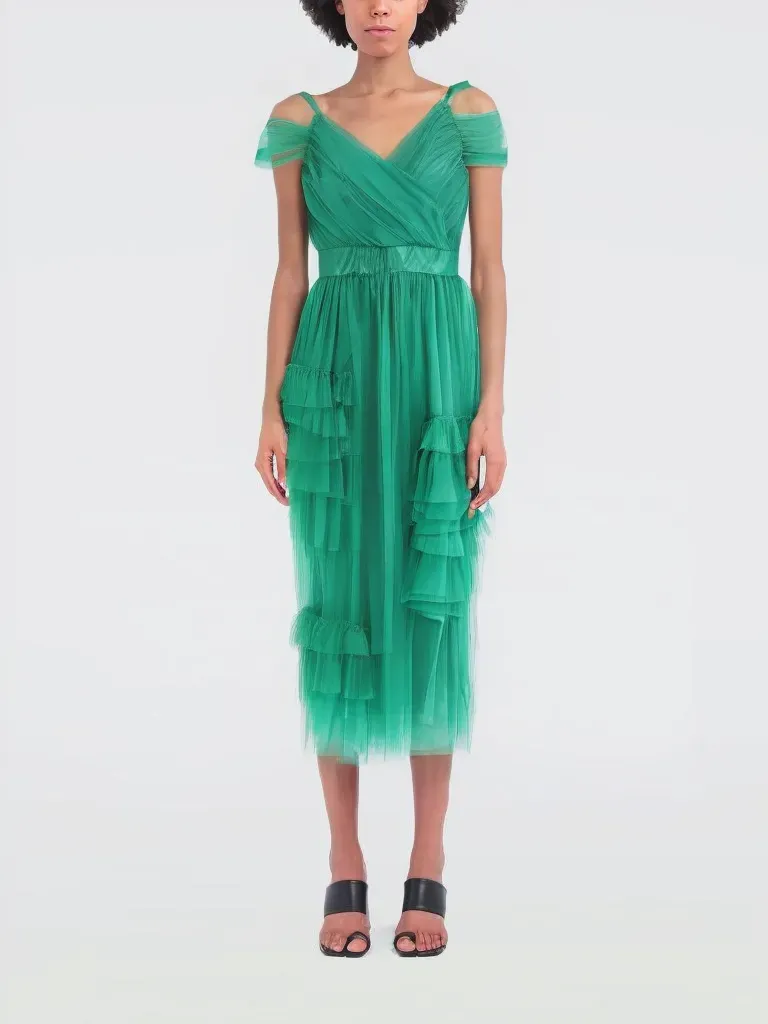AI is revolutionizing e-commerce, with virtual try-on technology at the forefront. This innovative AI tool lets customers visualize clothing and accessories on themselves, enhancing the shopping experience and boosting business potential. Discover the OOTDiffusion framework, a groundbreaking virtual try-on solution poised to transform the e-commerce landscape.
Introducing OOTDiffusion: A New Frontier in Virtual Try-On
OOTDiffusion is a state-of-the-art virtual try-on framework designed to provide a highly controllable and realistic virtual fitting experience. Developed by researchers Yuhao Xu, Tao Gu, Weifeng Chen, and Chengcai Chen from Xiao-i Research, OOTDiffusion employs outfitting fusion-based latent diffusion techniques to generate lifelike virtual try-ons. The framework has been officially implemented and is available for experimentation on platforms like Hugging Face, leveraging powerful GPUs such as the A100 and RTX 4090 for optimal performance.
OOTDiffusion’s model checkpoints are trained on extensive datasets like VITON-HD for half-body images and Dress Code for full-body images, ensuring comprehensive coverage of various garment types and styles. The framework also supports ONNX for human parsing, addressing most environmental issues and enhancing compatibility across different systems. This advanced technology promises to revolutionize how consumers interact with fashion online.
Example Images
Here are some examples of virtual try-ons generated using the OOTDiffusion framework:
Model image

Dress

Final result

The Benefits of Virtual Try-On Technology
Virtual try-on tools like OOTDiffusion offer numerous advantages for both consumers and businesses:
- Enhanced Customer Experience: By allowing customers to visualize clothing on their bodies, virtual try-on technology helps them make more informed purchasing decisions, reducing the likelihood of returns and increasing customer satisfaction.
- Cost and Time Savings for Businesses: Traditional photoshoots require models, studio space, and various equipment, all of which can be expensive and time-consuming. Organizing and executing these sessions takes a lot of resources. Virtual try-on eliminates these costs and time commitments, allowing businesses to create realistic product images without the need for physical shoots.
- Content Generation for Marketing: The high-quality, lifelike images generated by virtual try-on tools can be utilized in marketing campaigns, enhancing product presentation on websites and social media platforms. This can lead to more engaging and effective promotional content.
Potential Drawbacks and Limitations
Despite its many advantages, virtual try-on technology also has some limitations:
- Accuracy and Realism: While advanced frameworks like OOTDiffusion strive for high accuracy, there can still be discrepancies between the virtual representation and the actual fit and feel of the clothing. This could potentially lead to dissatisfaction if the virtual try-on does not accurately reflect real-life interactions.
- Technological Challenges: Implementing a sophisticated virtual try-on system requires significant computational power and technical expertise. Businesses need to invest in the necessary hardware and software infrastructure, which can be a barrier for smaller companies.
Conclusion
Virtual try-on technology, like the OOTDiffusion framework, is revolutionizing e-commerce by enhancing the shopping experience and offering significant cost and time savings. Despite current limitations in accuracy and technological demands, AI advancements will make these tools more seamless and precise, cementing their place in the future of e-commerce.



